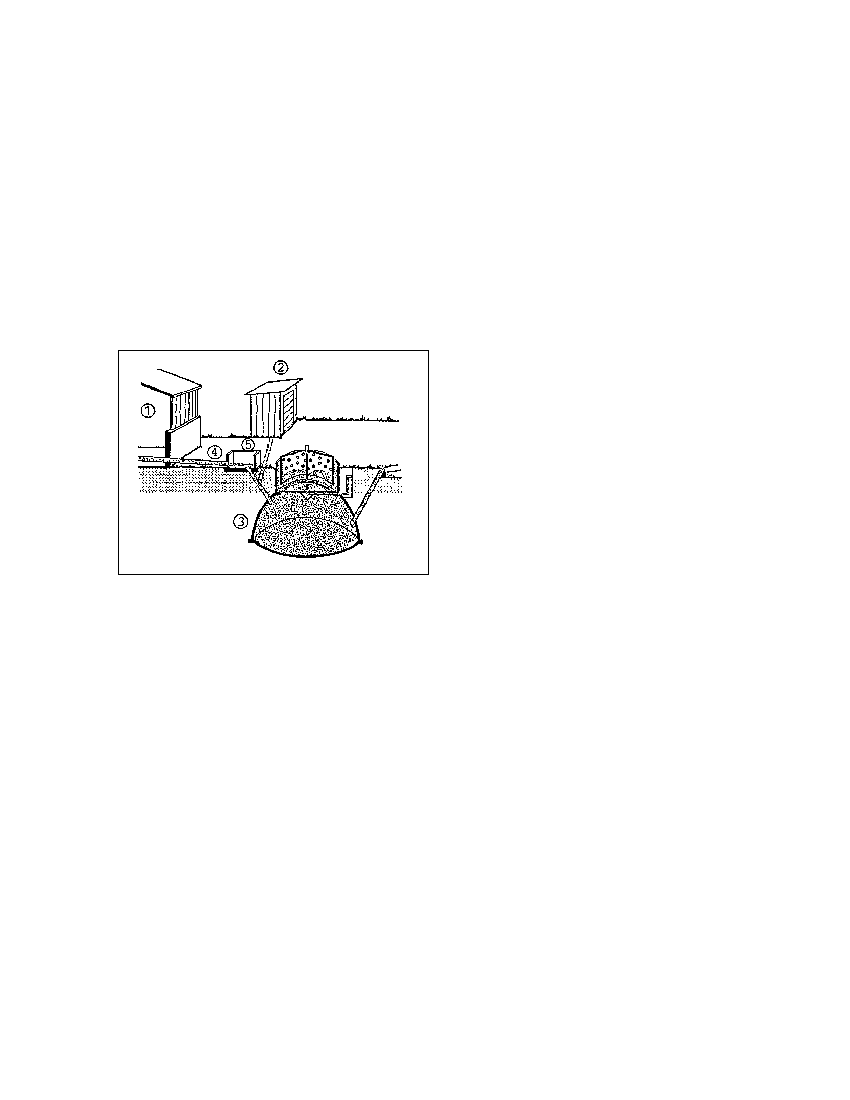
5.4.1 Mixing pit
In the mixing pit, the substrate is diluted with water and agitated to yield a homogeneous slurry.
The fibrous material is raked off the surface, and any stones or sand settling to the bottom are
cleaned out after the slurry is admitted to the digester.
The useful volume of the mixing pit should amount to 1.5-2 times the daily input quantity. A rock or
wooden plug can be used to close off the inlet pipe during the mixing process. A sunny location can
help warm the contents before they are fed into the digester in order to preclude thermal shock due
to the cold mixing water. In the case of a biogas plant that is directly connected to animal housing, it
is advisable to install the mixing pit deep enough to allow installation of a floating gutter leading
directly into the pit. Care must also be taken to ensure that the low position of the mixing pit does
not result in premature digestion and resultant slurry formation. For reasons of hygiene, toilets
should have a direct connection to the inlet pipe.
Fig. 5.17: Mixing pit, gutter and toilet drain
pipe. 1 Barn, 2 Toilet, 3 Biogas plant, 4 Feed
gutter 2% gradient), 5 Mixing pit (Source:
OEKOTOP)
5.4.2 Inlet and outlet
The inlet (feed) and outlet (discharge) pipes lead straight into the digester at a steep angle. For
liquid substrate, the pipe diameter should be 10-15 cm, while fibrous substrate requires a diameter
of 20 - 30 cm. Plastic or concrete pipes are preferred.
Note:
- Both the inlet pipe and the outlet pipe must be freely accessible and straight, so that a rod
can be pushed through to eliminate obstructions and agitate the digester contents;
- The pipes should penetrate the digester wall at a point below the slurry level. The points of
penetration should be sealed off and reinforced with mortar.
- The inlet pipe ends higher than the outlet pipe in the digester in order to promote more
uniform throughflow. In a fixed-dome plant, the inlet pipe defines the bottom limit of the
gasholder, thus providing overpressure relief.
- In a floating-drum plant, the end of the outlet pipe determines the digester's slurry level.
54